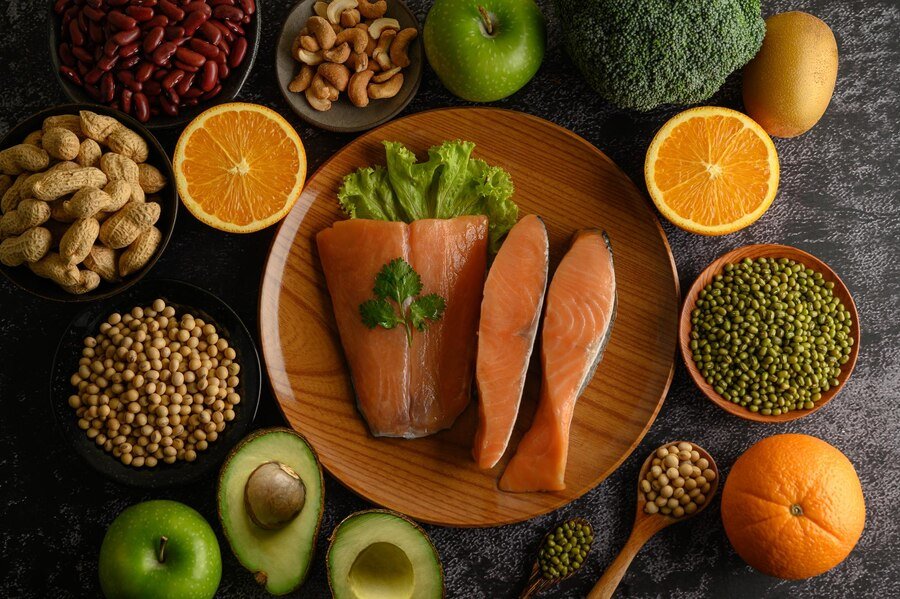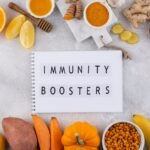Vitamin D is essential for optimal bone health and immunity. Our bodies obtain vitamin D through exposure to sunlight, food, and supplements; eating a varied diet rich in fruits, vegetables and other nutrient-rich foods is the ideal way to get enough Vitamin D.
Vitamin D deficiency is a serious health risk, yet easily rectifiable through adopting a healthy lifestyle and including plenty of foods rich in Vitamin D in your diet. Here are some helpful strategies on how you can boost your intake of this essential nutrient.
1) Oily Fish

Oily fish such as salmon, mackerel and trout are excellent sources of vitamin D. Salmon tops the list as being particularly high in Vitamin D with 747 International Units per 100-gram serving; other vitamin-rich oily fish include mackerel (218 International Units per 100 Gram Serving), sardines (114), herring (96 International Units Per 100 Gram Serving) and trout (92).
Fish can be enjoyed as an easy side dish or added into salads and sandwiches for lunch, and canned salmon is great for adding protein-packed stews and casseroles. Even if you don’t care much for fish, there are other sources of vitamin D; however, eating some will provide greater health benefits as fish provides vitamin D in its purest form – with greater absorption rates by your body than other forms.
2) Eggs

Vitamin D Eggs provide an abundance of vitamin D. One large egg yolk provides approximately 50 IU, so using eggs in various ways to increase your vitamin D consumption is an easy and delicious way to do just that – from making omelets, frittatas, quiches and sandwiches to pancakes! For best results when purchasing certified eggs.
So that the chickens stay healthy, without receiving antibiotics. Although you can get vitamin D from other sources, eggs offer the greatest potential benefits when it comes to absorption by your body.
3) Fortified Dairy Products

Fortified dairy products like yoghurts, milk and fortified soy milk are excellent sources of vitamin D. You can get vitamin D from any type of yoghurt; however, those made with live cultures are the best as they support digestion. A cup of yoghurt provides about 40 IU while one cup of milk offers 10IU or soy milk contains around 25IU – perfect to add into breakfast cereal or smoothie recipes!
Milkshakes made with yoghurt, milk, and fruit can also be created, and creamy soups made using fortified soy milk or dairy-based fortifiers can provide plenty of vitamin D benefits. Even if you don’t prefer dairy products directly, getting enough vitamin D from other sources may still provide benefits; however, for optimal absorption rates a balanced diet containing some fortified dairy products should provide plenty of it!
4) Mushrooms
Mushrooms such as shitake, shiitake and oyster are excellent sources of vitamin D. One cup of raw mushrooms provides about 5 IU. You can use raw mushrooms in salads, soups and stews; use cooked mushrooms in sandwiches, pizza, pasta dishes; also create creamy sauces or use in casseroles, quiches and omelets!
Your options for adding cooked mushrooms include sandwiches, burgers, pizzas, pasta and casserole dishes as well as creamy sauces, soups and stews. While other sources provide vitamin D benefits as well, mushrooms provide enhanced absorption by your body than other options do.
5) Dark Leafy Greens
Dark leafy greens such as collard greens, mustard greens, kale, turnip greens, and Swiss chard are great sources of vitamin D; one cup of raw greens provides approximately four international units (IU). You can combine raw greens in salads with crunchy vegetables, fruits, nuts, and seeds; use cooked greens as sandwich filling; or incorporate into soups and stews for optimal vitamin D nutrition.
Add greens to your smoothie to increase its nutritional value, or other sources, of vitamin D can still provide some benefit; however, to maximize these advantages and get maximum value out of vitamin D from greens in your diet – they’re more readily absorbed by your body!
Also refer to : 9 Signs and Symptoms of Vitamin B12 Deficiency
Conclusion
There are various methods to attain sufficient levels of vitamin D in your diet. While certain high-vitamin D foods may provide more than others, this list provides information on their vitamin D per serving content to assist with making better decisions and meeting this essential nutrient.



